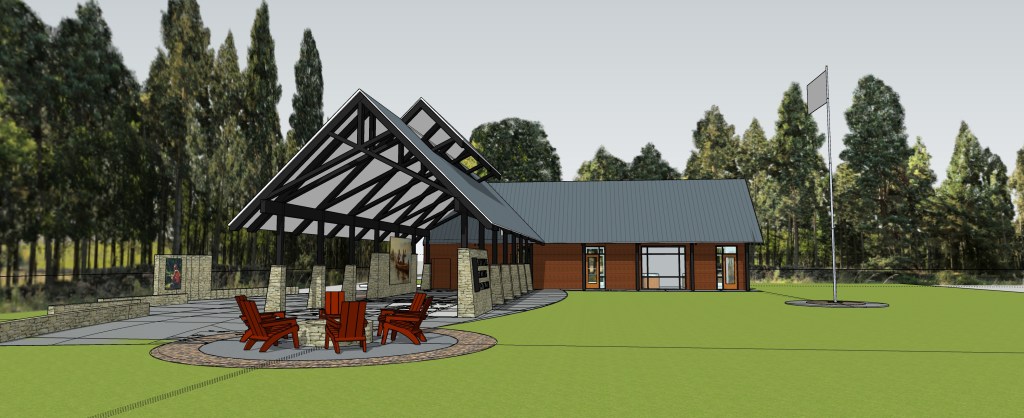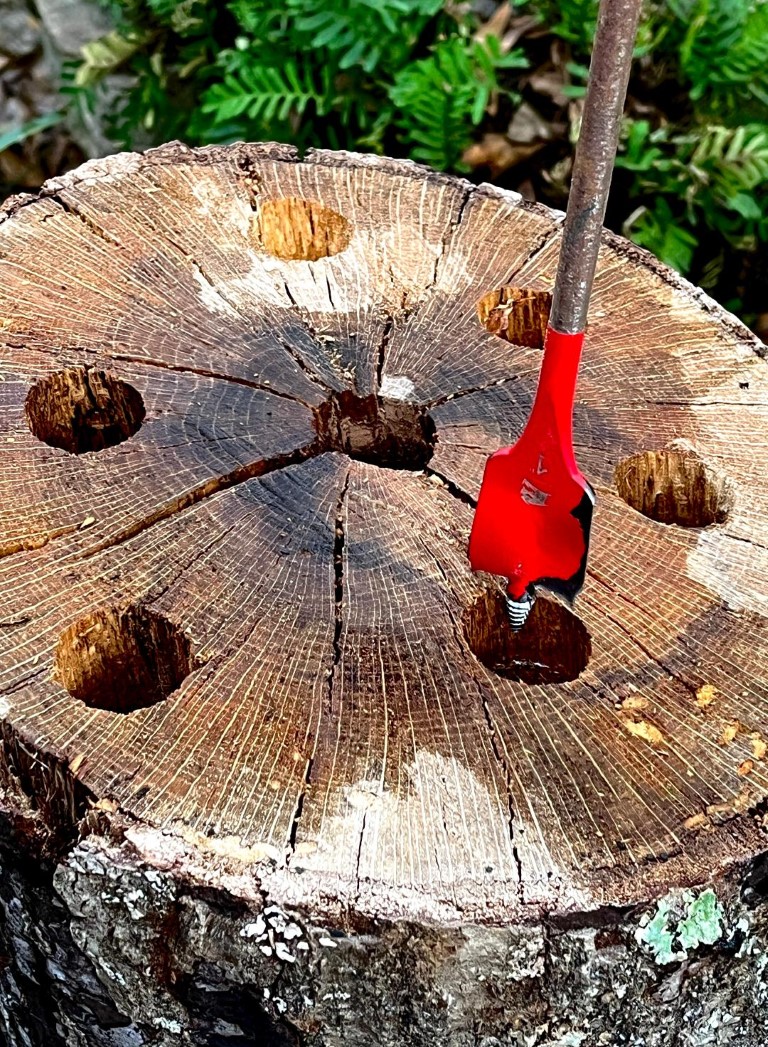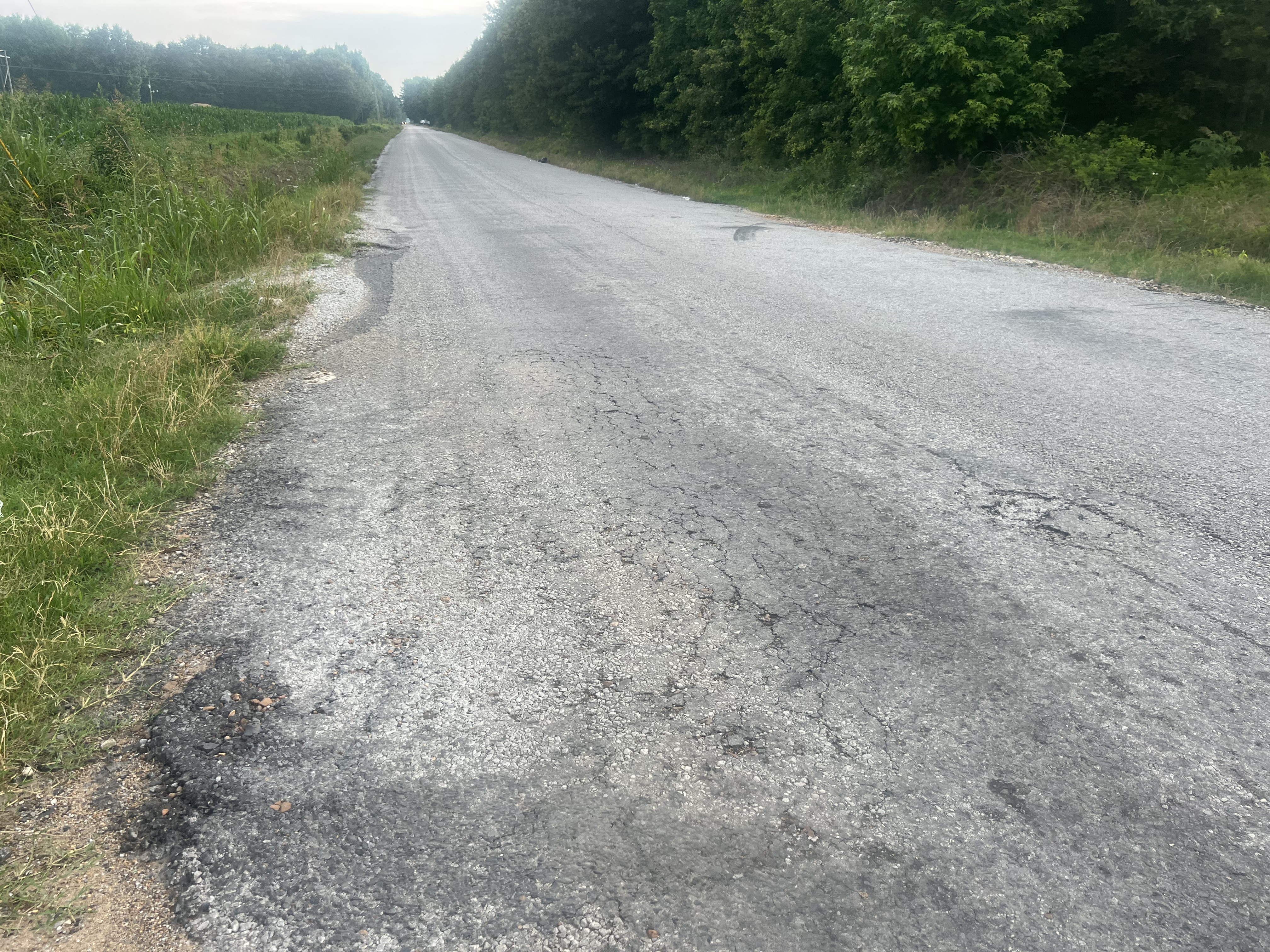More at the Mounds – Batesville Mounds scheduled for improvements, including museum and pavilion
Published 5:53 pm Tuesday, October 24, 2023
Nearly a half million dollars in grant money will be used to improve Batesville Mounds, making the local site one of the top places to visit on the trail of mounds throughout the Southeast. The upgrade will include restrooms, a pavilion, and a museum, along with work to walking trails and the overall grounds.
The project has been years in the making, and was facilitated by North Delta Planning and Development District. The bulk of the funds for the project were secured from the Appalachian Regional Commission, with about $150,000 coming from the Mississippi Department of Wildlife, Fisheries, and Parks.
The City of Batesville has performed, and will continue to provide, in-kind support for the project, mostly clearing of brush and leveling of areas around the mounds for drainage and aesthetics. City workers maintain the park and make improvements, including bridges for the walking trails.
Batesville Mounds attracts weekly visitors interested in Native American history and archeology, and is also a popular destination for local residents who use the walking trails for recreation and exercise.
The mounds were added to the National Register of Historic Places in 1988, and The Mississippi Department of Archives and History designated the Batesville mounds as an official Mississippi Landmark on March 23, 1989.
Seven mounds were originally recorded at the Batesville site. Of these, two remain relatively intact and two others are much reduced but still visible.
The others have been completely destroyed since the site was first recorded in 1926. McCarter Mound, located a quarter mile to the north, may also have been part of the Batesville site as an intervening village area has been documented.
The McCarter Mound was destroyed in 1968. Of the remaining mounds, Mound B is a rectangular platform mound nine feet high. Mound C is conical and stands 20 feet high. Mounds A (the northernmost) and D (the southernmost) are visible as slight rises on the landscape.
Professional archaeologists have conducted excavations in Mound B and the village areas associated with the mounds. Pottery and other artifacts suggest that Native American people built the mounds during the Early to Middle Woodland Period (ca. AD 1-400).
A set of copper-covered panpipes recovered from the McCarter Mound are on display in the museum at Winterville Mounds State Park.
Rendering provided by SOZO Architecture






